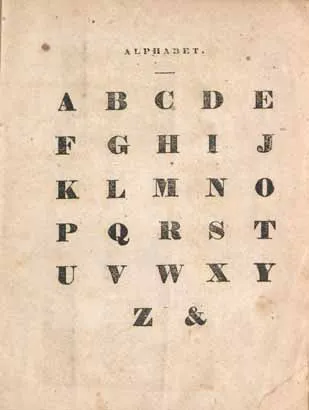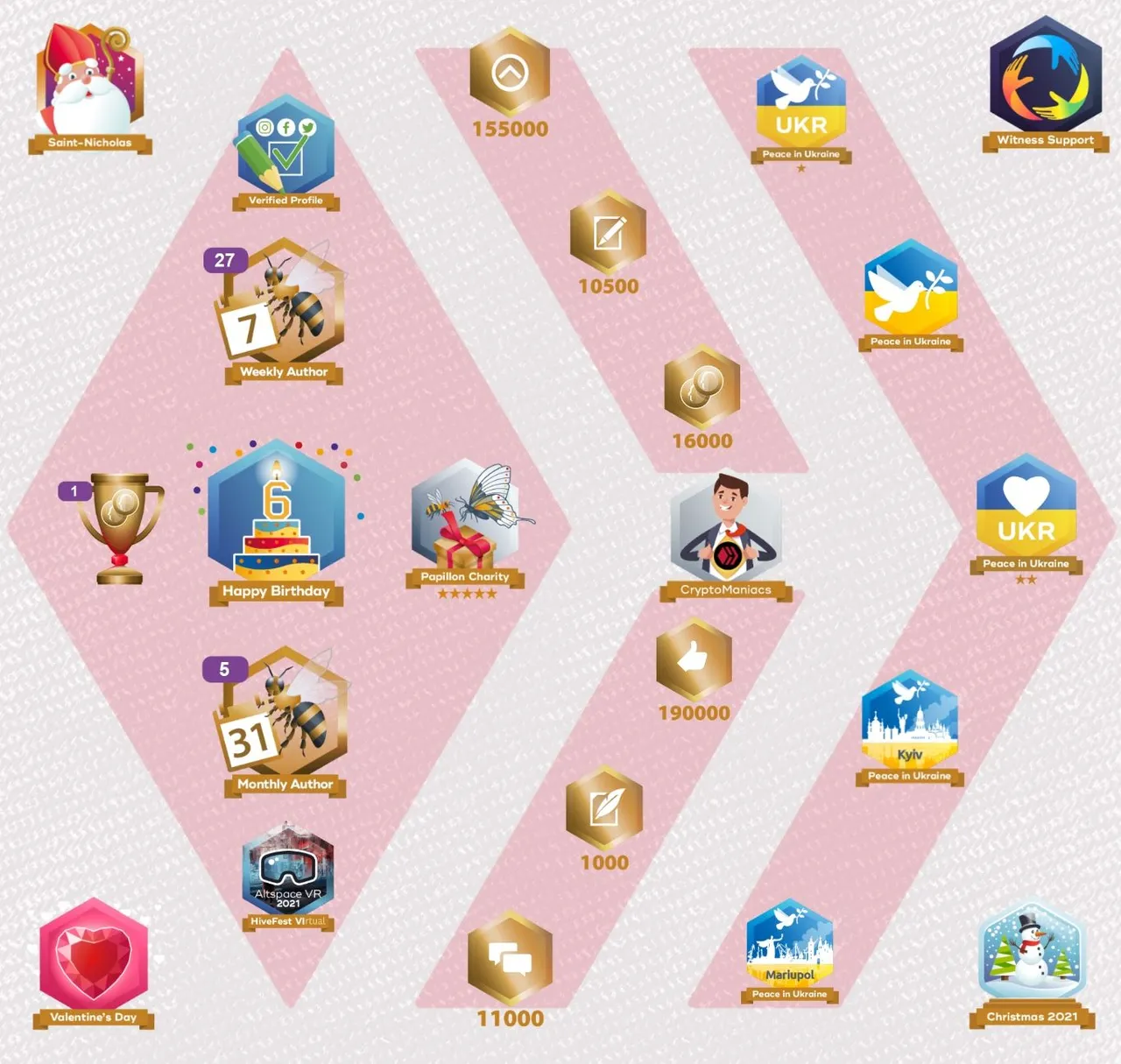
A friend of mine recently was talking about the alphabet once having had 27 characters. You know how when you hear something new and it starts popping up around you? Yeah, that’s been happening, the topic of the 27th letter. The lowly ampersand also known as ‘and’.
So, being me, I did some purposeful looking up the subject of the 27 character alphabet and the ampersand. Here’s some things I learned about the alphabet:
- in the year 1011 there were 23 characters in the Old English alphabet: A B C D E F G H I K L M N O P Q R S T V X Y Z
- sometime in the 10th century 3 more letters were added J U W
- until 1835 the English alphabet consisted of 27 letters. Following the letter Z came & - the ampersand
- the & was a combination of the letters E and T. ET came from the Latin ‘and’ making the & pronounced as ‘and’
- some between 1835 and now the & disappeared and we have a 26 letter alphabet
The usage of et started in the 1st century which is when the ampersand came into being. It remained in use until sometime in the 19th century. It wasn’t an official act to remove it. People just seemed to stop using it.
In 1863 “The Dixie Primer, For the Little Folks” included the ampersand in the alphabet.

The character was then known as simply “and”. How the alphabet was recited led to the word “ampersand” coming into use. It was awkward reciting the last letters using “X Y Z and”.
The practice became to use “X Y and Z and, by itself and”. Over time even that became awkward leading to “and by itself” becoming “and per se, and”. As people over time started hurrying to say even that eventually the phrase turned into the word “ampersand”.
The alphabet song we are so familiar with was composed in 1835 and is sung to the tune of Mozart’s Twelve Variations on “Ah, vous dirai-je, Maman”. The awkwardness of trying to fit the 27th letter into the tune seemed to have a direct influence on the gradual disappearance of the letter from the alphabet.
The ampersand has remained in use as a symbol representing the word ‘and’. Generally it isn’t encourage in formal written language but it does have its uses.
- it can be part of an official name. For example my newsletter is Nicheless & Loving It. Or using two names within an official name like Scholar & Scribe
- informally as part of a descriptive clause where using only the word ‘and’ could lead to murky language — I love to have pancakes, bacon & eggs and biscuits & gravy for breakfast.
- informal replacement for the word ‘and’ when writing something quickly.
It can be fun finding out the history behind how our language and use of letters has evolved over the centuries.
Wonder what it will look like in another 100 years?

Shadowspub is a writer from Ontario, Canada. She writes on a variety of subjects as she pursues her passion for learning. She also writes on other platforms and enjoys creating books you use like journals, notebooks, coloring books etc.
NOTE: unless otherwise stated, all images are the author’s

Would you like to receive writing prompts regularly?
You can subscribe to Prompt A Day to get started.
Share your posts
- join us on the DreemPort Discord for PYPT
- Join DreemPort and take part by following @dreemport . Get eyes on your content and meet new friends.